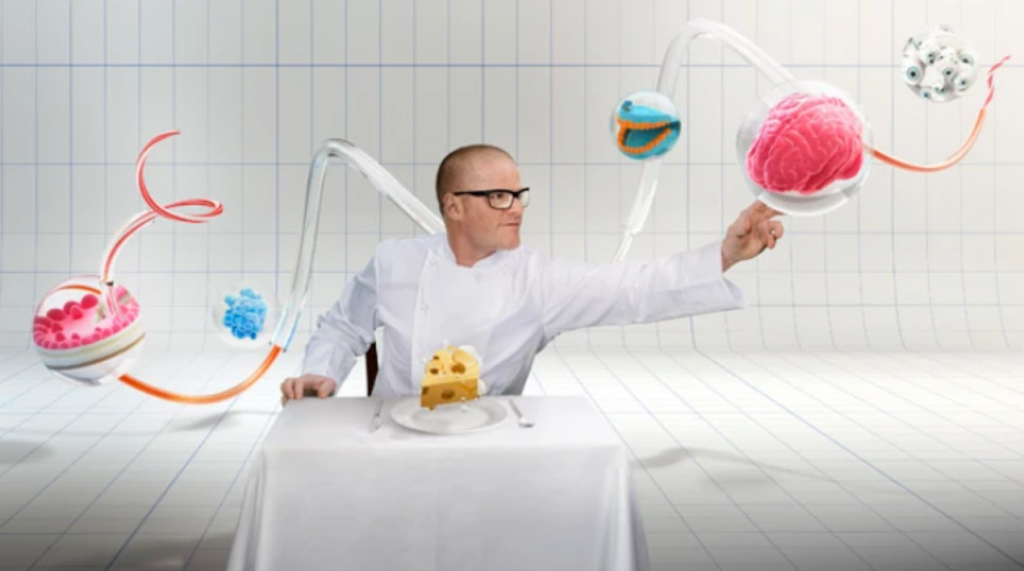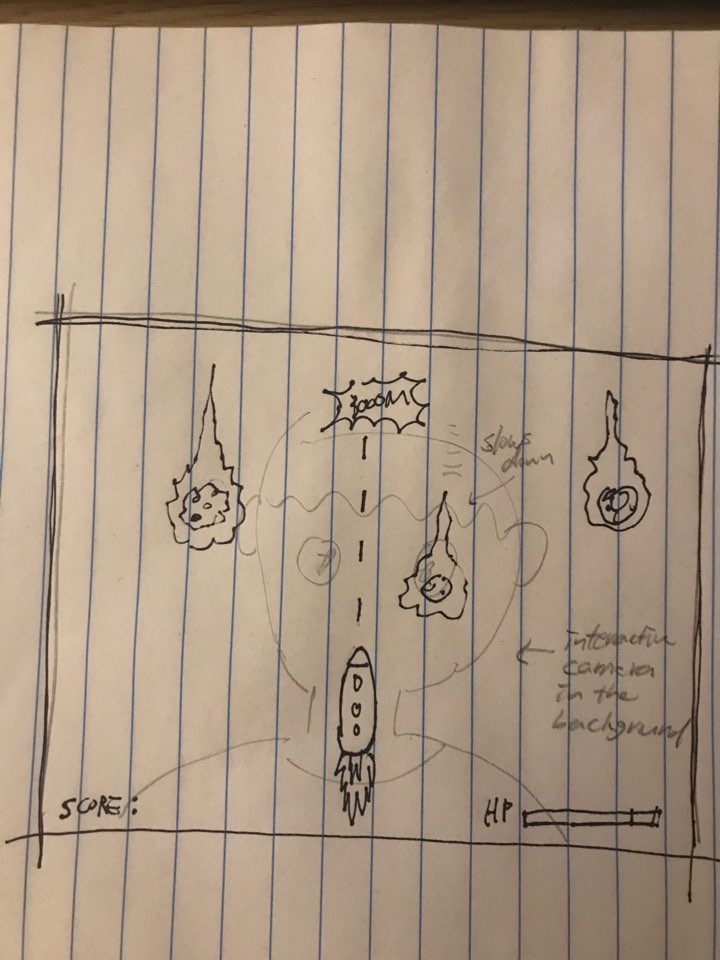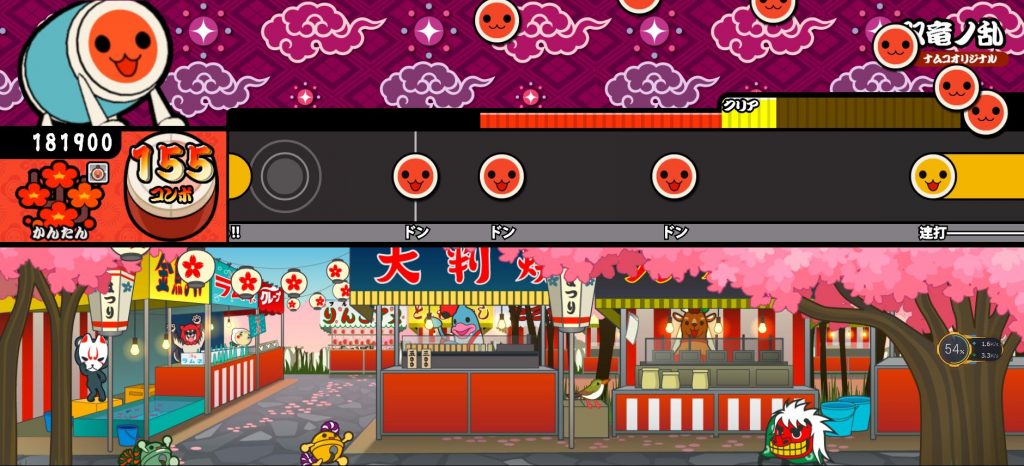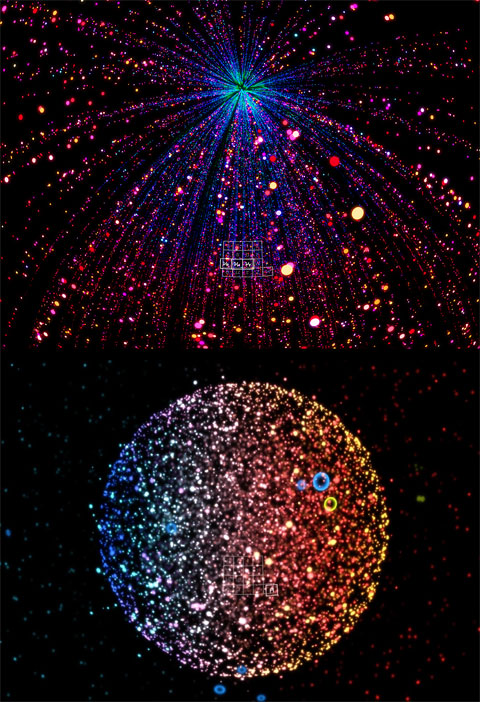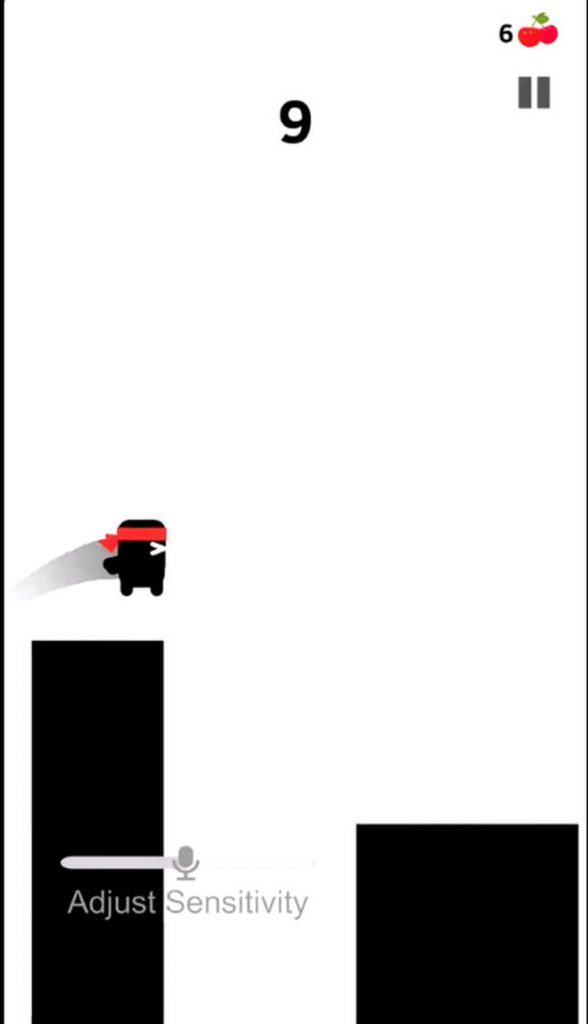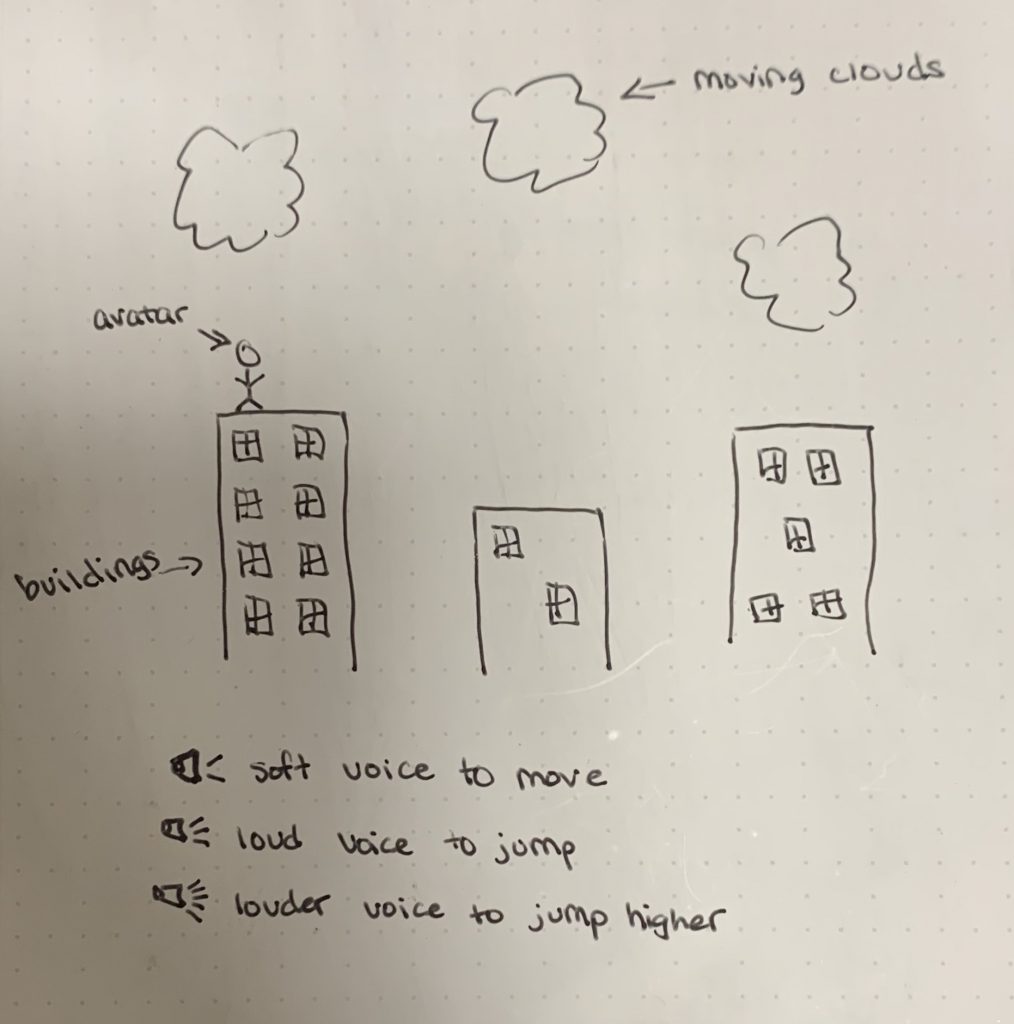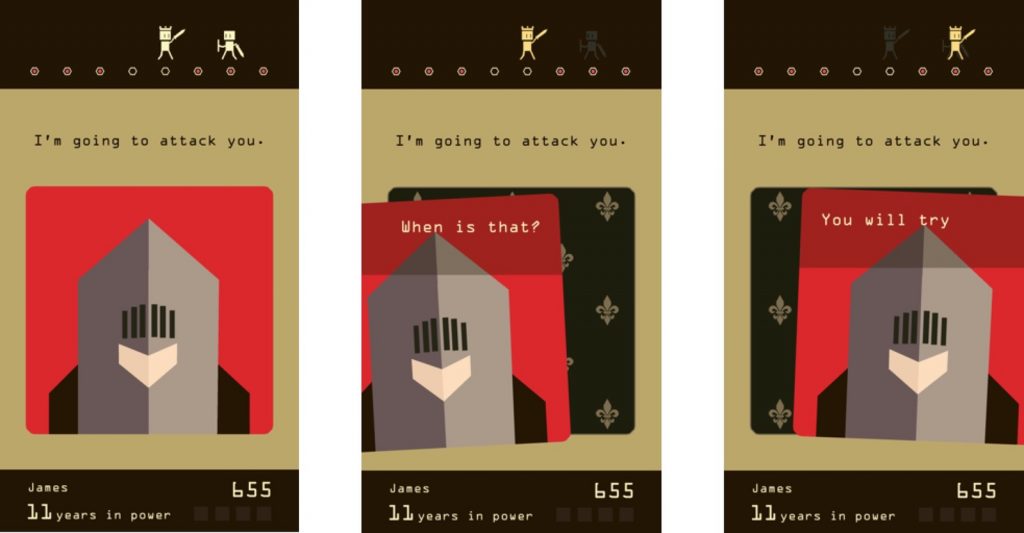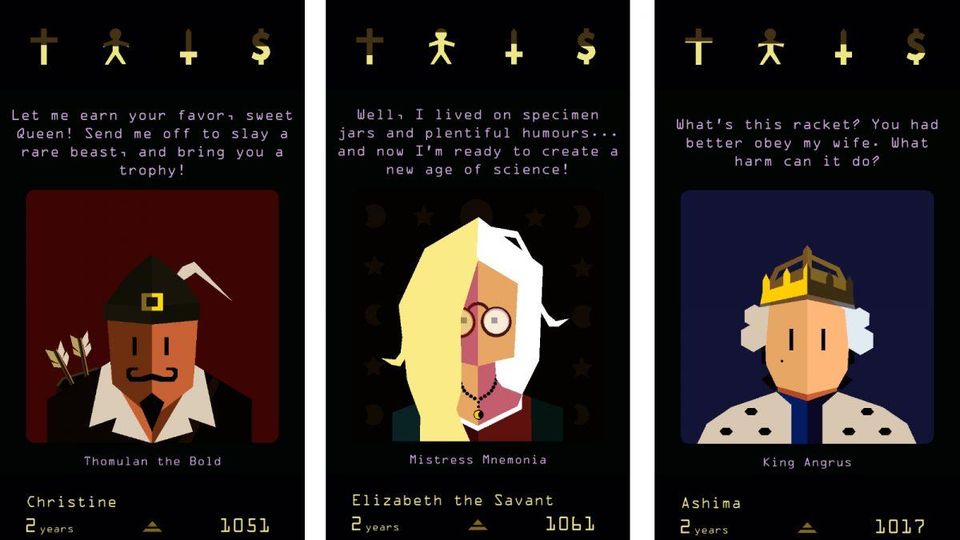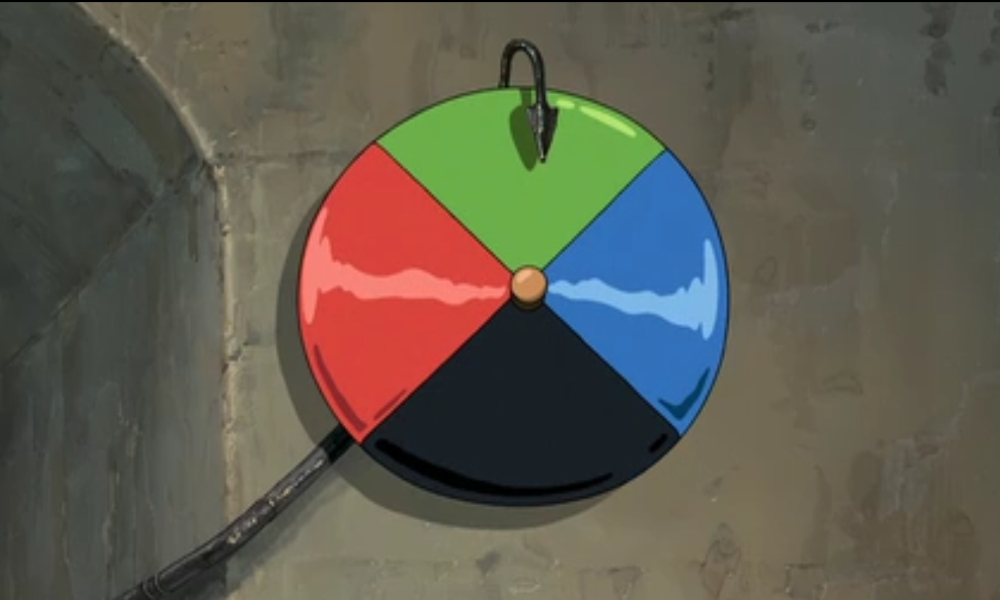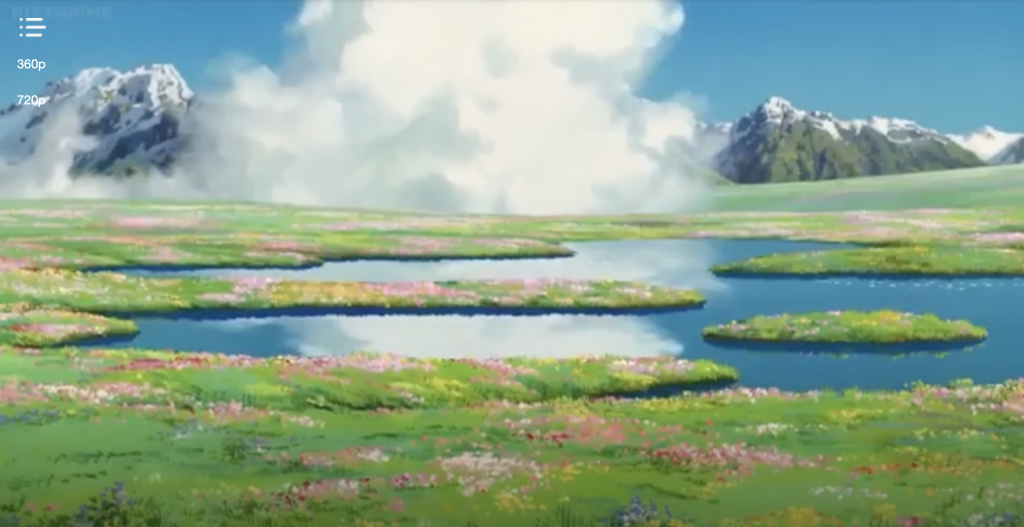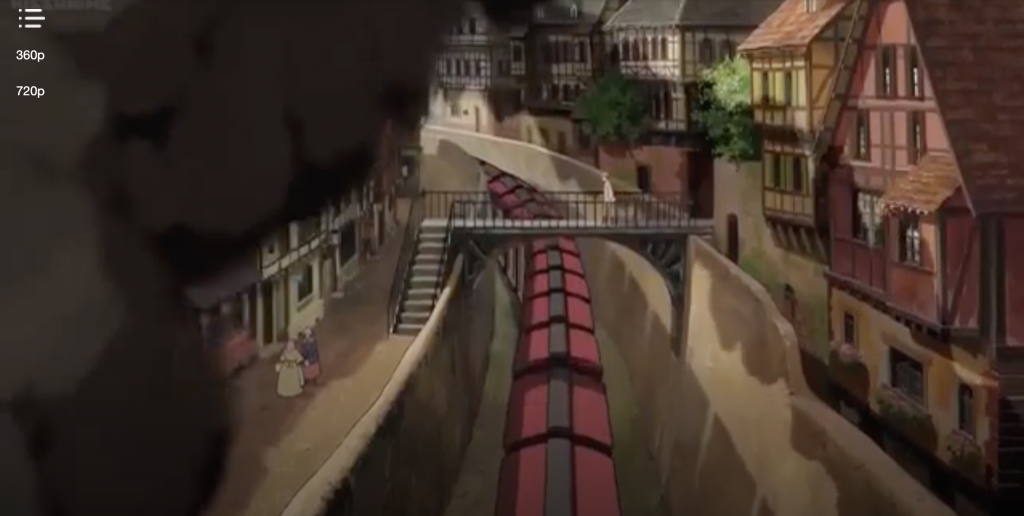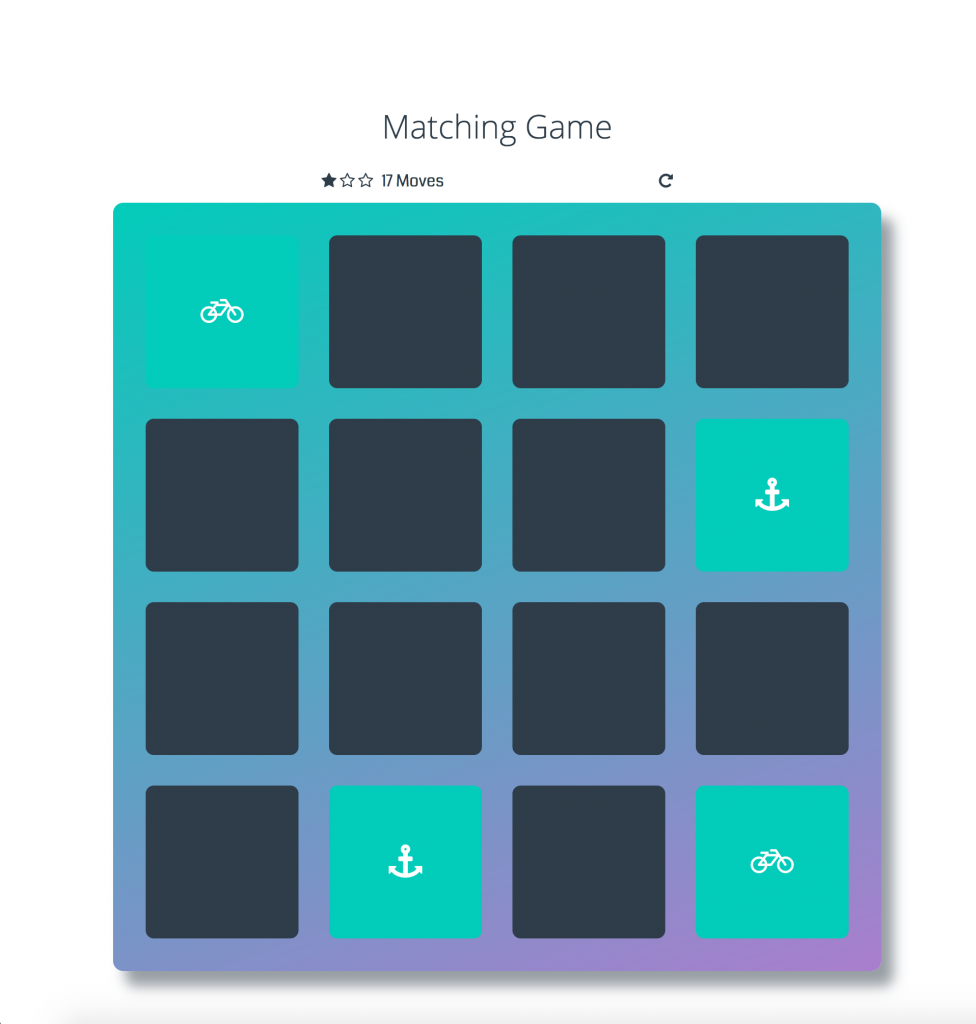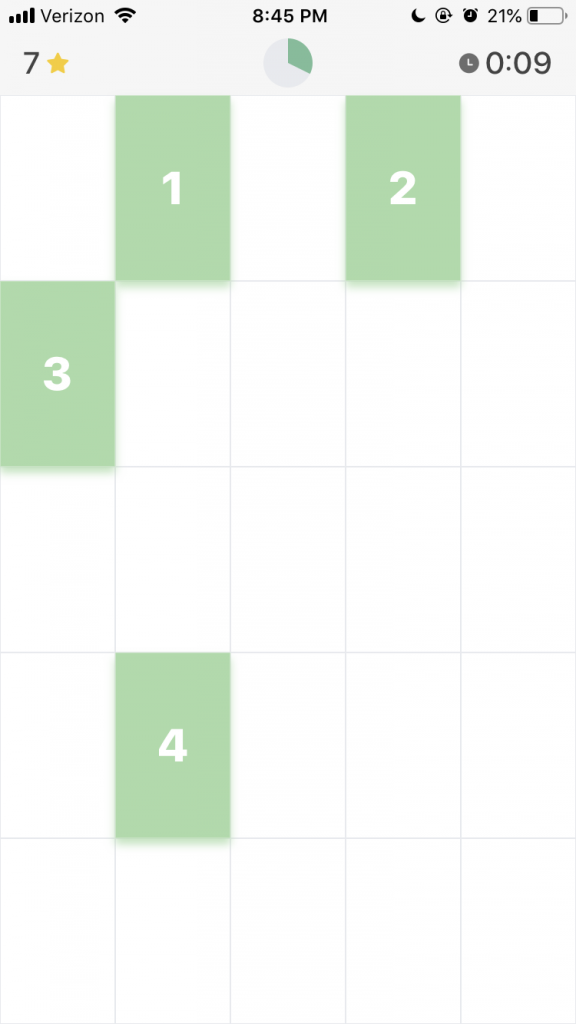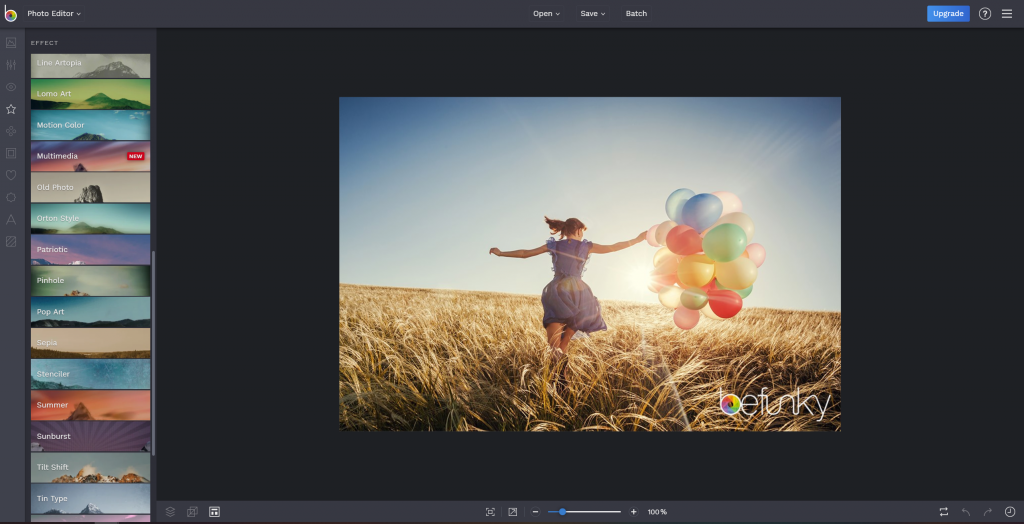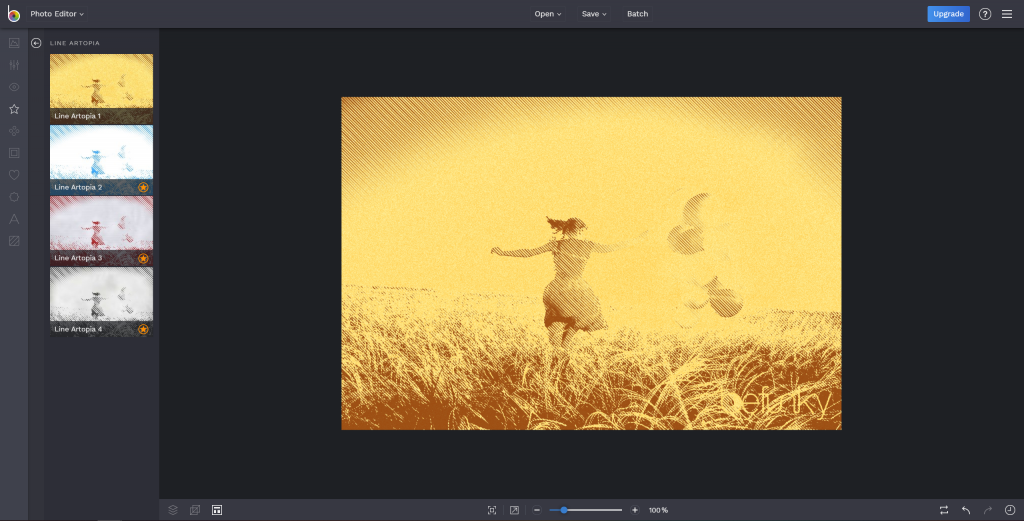For Sarah Choi and I’s final project, we wanted to focus on the aspects of living in a city- from the noises inside them to the places we go to eat to how we feel the atmosphere of different parts of the city is as a whole. Our project would be specific to Pittsburgh, and would show different areas of the city, along with the differences among them through clicking throughout the map. The user would also be able to hear sounds/music to match the vibe of different areas or locations which we would show as some of the places we visit/recommend (like coffee shops or restaurants).
Since both of us grew up in city areas, we see and importance in highlighting aspects of the city in a visual way, along with allowing people to better understand the “vibe” of specific places or areas in cities before visiting. We also wanted to highlight how much we enjoy recommending places to others from our point of view as opposed to other services like yelp that have so many random people’s reviews added.
Though we would both equally work together and help each other, one of us would focus more heavily on the aesthetic creation of the map and building it, while one of us would work towards the interactive sounds and texts of the map.

![[OLD FALL 2019] 15-104 • Introduction to Computing for Creative Practice](../../../../wp-content/uploads/2020/08/stop-banner.png)
